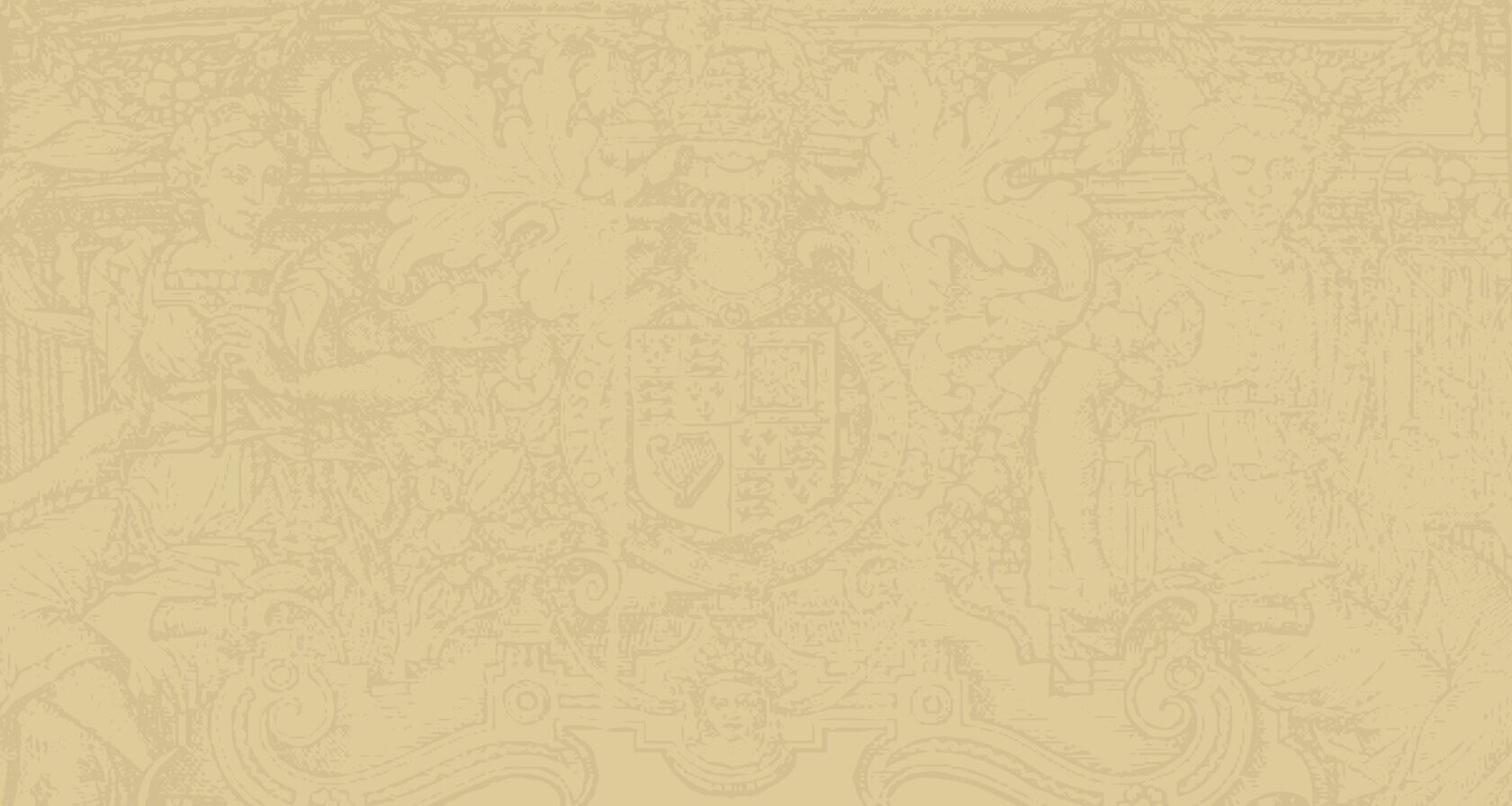
Wycliffe Bible: An Early English Translation
For over a thousand years, the text of the Bible was primarily in Latin. Jerome’s Vulgate, a Latin translation of the Hebrew and Greek Biblical text, was the primarily text used by scholars and clergymen in studying the sacred text.
Jerome translated the Bible into Latin from Hebrew and Greek in the late 4th century. Fragments of biblical text were sometimes translated into French or German during the late Middle Ages but these versions received little attention and were rarely copied.
In England, however, the situation was different.
John Wycliffe (c. 1330-1384) and his following of academics from Oxford translated the Bible into English from the Vulgate by around 1384. Motivated by theological concerns regarding the lack of Biblical support around the supremacy of the papacy and the doctrine of the Last Supper, Wycliffe sought to translate the Bible into Middle English. Three languages were prevalent in England at the time. Latin was used by the clerics and academics, French was used by the aristocracy, and English was used by the peasants. Wycliffe’s aim was to bring the bible text to the common man; the farmer. It is possible that Wycliffe himself translated a large segment of the Bible, though historians cannot confirm this with certainty. Regardless, it is clear that this translation took place under his leadership.
Wycliffe’s doctrinal views were already called into question while he was still living, with many claiming that this University professor and priest was promoting anarchy or starting a revolution. John Wycliffe and his followers (known as Lollards) made their translation a reality through hand-written manuscripts.
For a short time, the English translation caused unrest and was frowned upon by the establishment. This disapproval turned to anger, and by 1407 the Wycliffe translation was outlawed by the Archbishop of Canterbury. Wycliffe was declared a heretic on May 4, 1415 at the Council of Constance, and his writings were ordered to be burned. In 1428 his corpse was exhumed and burned. His ashes thrown into the nearby river.
A hand-illuminated Wycliffe New Testament manuscript page from the gospel of John, beginning at the illuminated ‘I’.
In late 1407 Archbishop Arundel summoned a committee which crafted a constitution to address Wycliffite Bibles. The translation of any biblical text into a written form of English was hereafter banned. The reading of any English manuscript from the time of Wycliffe onwards was forbidden unless one had received permission to translate from a local diocese in advance. Anyone who violated this statute would be excommunicated, declared a heretic, and killed. In spite of this attempt to limit the circulation of the Wycliffite Bibles, the book became very popular as over 250 manuscripts have survived to this day.


